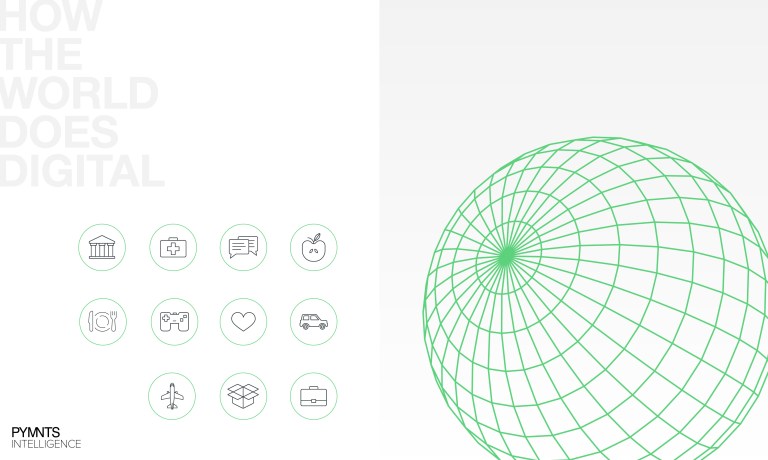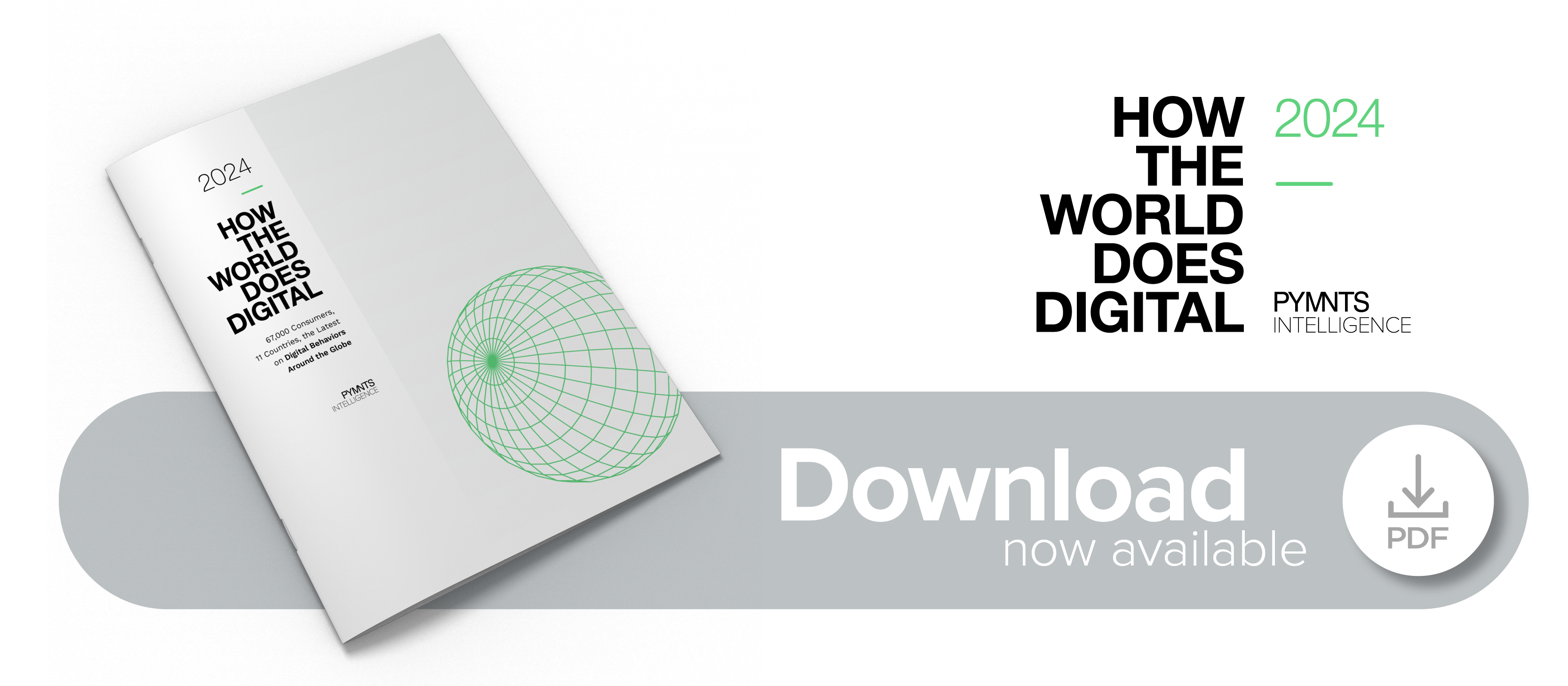New Report: How the World Does Digital: A Deep Dive Into Global Digital Engagement


How consumers engage in the digital world provides a better understanding of a country’s level of digital transformation. But which countries are leading the pack and which are lagging? Which activities do consumers perform digitally the most? PYMNTS Intelligence’s latest edition of “How the World Does Digital” documents the global digital behavior of 67,000 consumers in 11 countries representing roughly 50% of the world’s GDP.
The survey examined 40 everyday digital activities categorized into 11 key areas or “pillars,” such as banking, shopping and entertainment. This comprehensive approach provided detailed insights into the frequency and diversity of digital engagement.
Digital engagement is on the rise
The report reveals that nearly 100% of consumers engage in at least one digital activity every month. The intensity of this engagement varies significantly, highlighting a gap in digital adoption. Generational differences are stark, with younger generations, particularly Gen Z and millennials, engaging in exponentially more activity days per month than baby boomers. Popular digital pastimes globally include video streaming, messaging, mobile gaming and social media.
The “How the World Does Digital” report highlights a world on the brink of a digital revolution, with digital activities becoming increasingly integral to consumers’ daily lives. However, the intensity and type of engagement vary across countries, generations and income levels. Countries with robust digital infrastructures, such as Singapore and the United States, exhibit higher levels of digital engagement. In addition, Brazil’s remarkable digital activity highlights the potential for innovation in developing economies.
This must-read report details how consumers around the world actually engage with digital activities for entertainment, shopping and work. Discover which countries are leading the charge in digital adoption and which sectors are ripe for disruption.
Download the “How the World Does Digital” report to unlock the secrets of global consumer behavior and success in the digital economy.